Sign up for our newsletter
Sign up today to stay in the loop about the hottest deals, coolest new products, and exclusive sales.

Wahnapitae, ON P0M 3C0
Phone: 705-694-0065
Fax: 705-694-1594
Toll Free: 1-877-224-2323
Email: info@ibeadcanada.com
Mon-Sat: 10am - 6pm
Sun: 11am-5pm
Mon-Sat: 10am - 6pm
Sun: 11pm-5pm
Free Shipping on Most Orders Over $150* – Learn More >
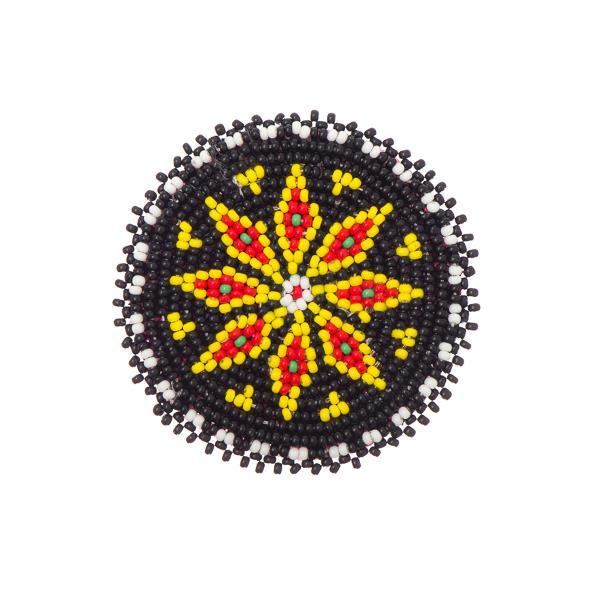 Beaded Rosettes
Beaded Rosettes
 Bells
Bells
 Cabochons
Cabochons
 Dolls & Acc.
Dolls & Acc.
 Dream Catcher Rings
Dream Catcher Rings
 Drum Making
Drum Making
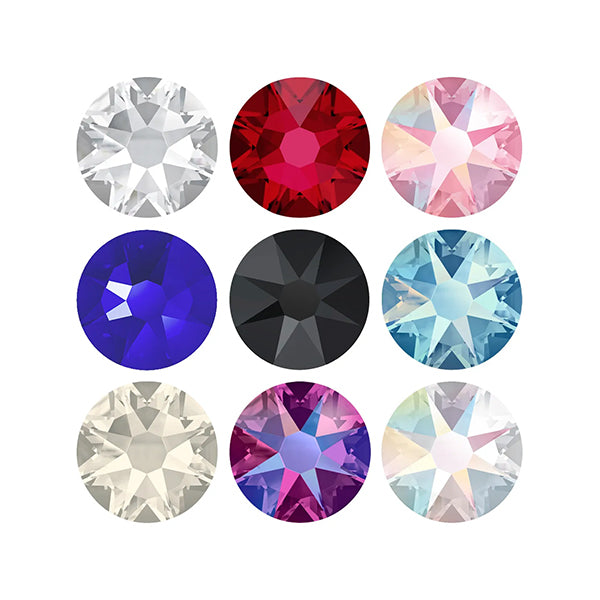 Flat Back Stones
Flat Back Stones
 Jingle Cones
Jingle Cones
 Mirrors
Mirrors
 Pipe Stems
Pipe Stems
 Rhinestone Banding
Rhinestone Banding
 Sequins
Sequins
 Sew On Stones
Sew On Stones
 Beading Foundation
Beading Foundation
 Crepe Soles
Crepe Soles
 Elastic Cord
Elastic Cord
 Fabric
Fabric
 Fringe
Fringe
 Ribbon
Ribbon
 Trim
Trim
 Bails
Bails
 Bolo Tie Acc.
Bolo Tie Acc.
 Bookmarks
Bookmarks
 Brooch & Bar Pins
Brooch & Bar Pins
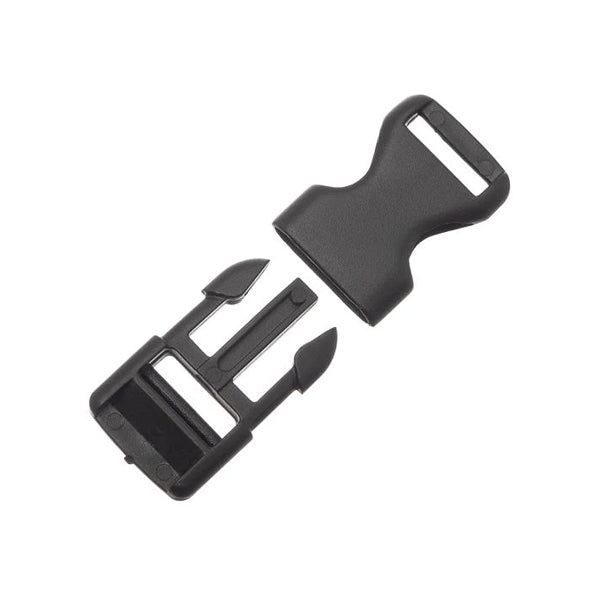 Buckles
Buckles
 Buttons
Buttons
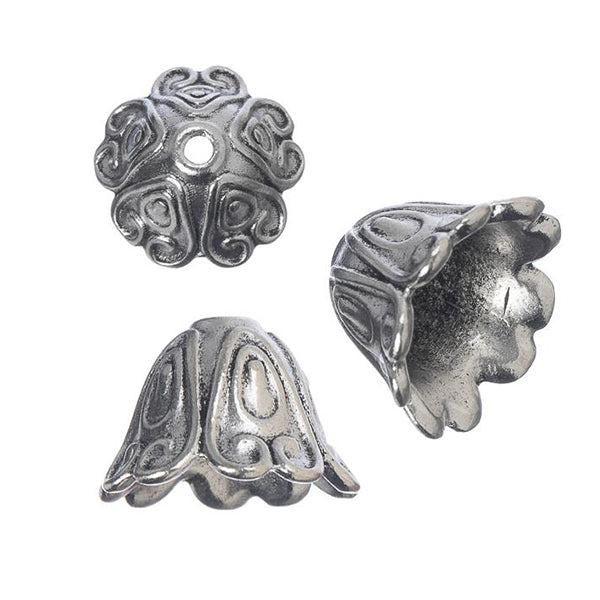 Caps & Cones
Caps & Cones
 Chain Extenders
Chain Extenders
 Clasps
Clasps
 Crimps & Ends
Crimps & Ends
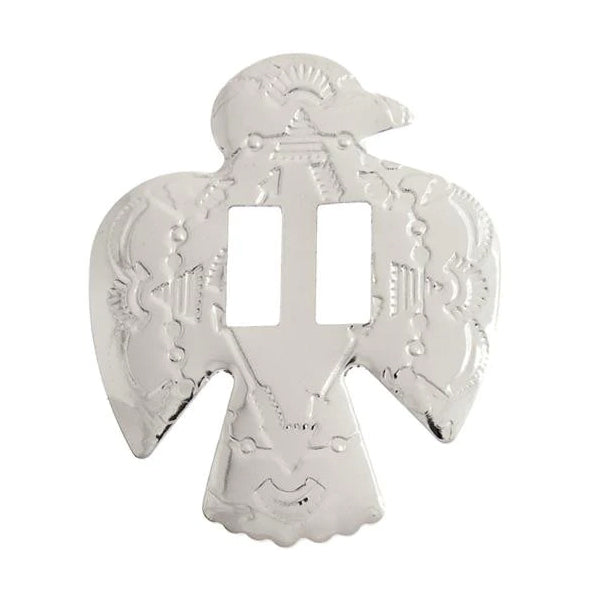 Conchos
Conchos
 Connectors
Connectors
 Earring Components
Earring Components
 Eyelets & Snaps
Eyelets & Snaps
 Findings Sets
Findings Sets
 Garment Studs
Garment Studs
 Hair Accessories
Hair Accessories
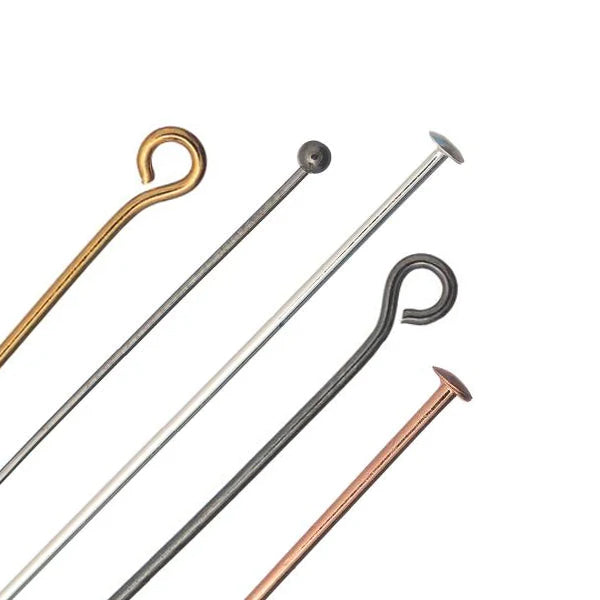 Head & Eye Pins
Head & Eye Pins
 Jewelry Parts
Jewelry Parts
 Jump & Split Rings
Jump & Split Rings
 Key Chain Parts
Key Chain Parts
 Mobile Phone Acc.
Mobile Phone Acc.
 Safety Pins
Safety Pins
 Wire Guards
Wire Guards
 Feathers
Feathers
 Furs & Animal Parts
Furs & Animal Parts
 Leather & Rawhide
Leather & Rawhide
 Cord
Cord
 Chain
Chain
 Leather & Suede Lace
Leather & Suede Lace
 Sinew
Sinew
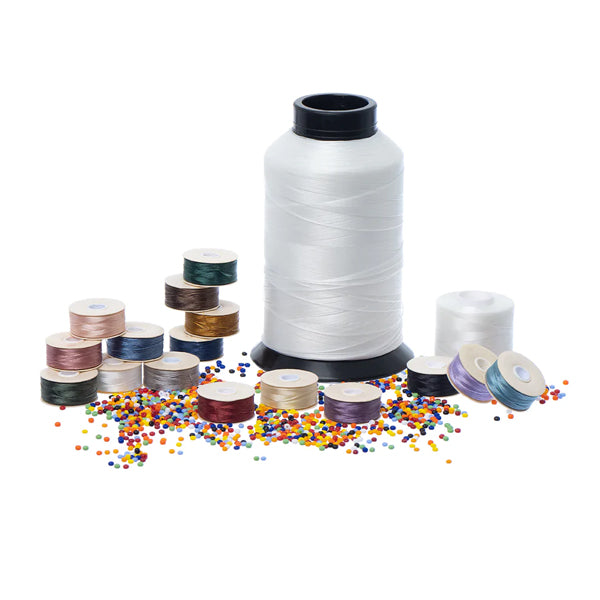 Thread
Thread
 Jewelry Wire
Jewelry Wire
 Memory Wire
Memory Wire
 Shaping Wire
Shaping Wire
 Bead & Craft Kits
Bead & Craft Kits
 Books
Books
 Patterns
Patterns
 Displays
Displays
 Gift Bags
Gift Bags
 Gift Boxes
Gift Boxes
 Jewelry Cards
Jewelry Cards
 Organizers
Organizers
 Tags, Labels & Stickers
Tags, Labels & Stickers
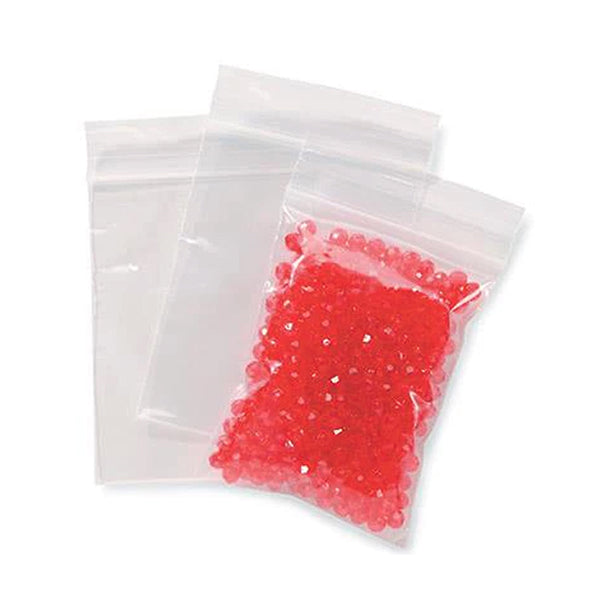 Zip Lock Bags
Zip Lock Bags
 Chakra
Chakra
 Healing Stones
Healing Stones
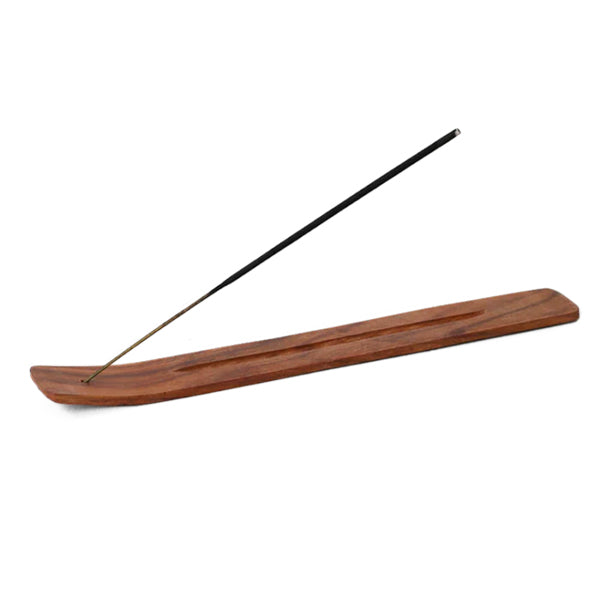 Incense & Holders
Incense & Holders
 Mala Beads & Acc.
Mala Beads & Acc.
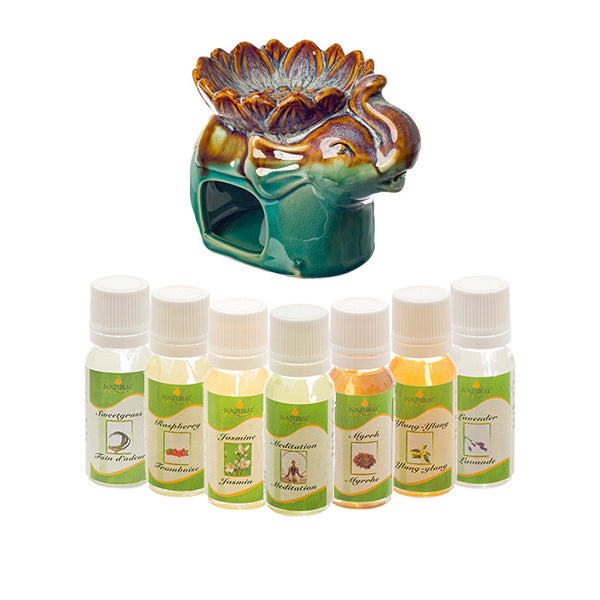 Oils & Burners
Oils & Burners
 Rocks & Minerals
Rocks & Minerals
 Smudging
Smudging
Whenever attempting to clean an item, be it loose beads or an item of jewellery, always test your chosen method on a sample or a small test area. Always look at the item as a whole, and not just the material you are planning to clean, as different cleaning methods will have positive and negative affects on different materials.
Particular care should be taken when cleaning Amber, Coral, Drusy, Emeralds, Malachite, Mother of Pearl, Opals, Pearls, Peridot, Rubies, Sapphires, Tanzanite, Turquoise, and Zoisite as they are all particularly delicate stones.
Bone, Ivory & Wood . . . should be cleaned with a soft dry cloth. Moisture should be avoided as the porous nature of these items lead to damage. Furniture polishes and clear waxes may have a positive effect but you should test first as their use may lead to discolouration.
Copper . . . will darken to a rich reddish brown very quickly. If you prefer the ‘bright new penny’ look, just add a tablespoon or two of lemon juice to a cup of water along with a teaspoon of salt and soak the piece for a few minutes. Rinse and dry and it will be as shiny as shiny can be.
Glass . . . will dull over time particularly when worn against the skin or left out on display. There are many different ways to clean glass beads but the following are the more common methods. Using a household glass cleaner spray sparingly a few beads at a time and using a soft absorbent cloth wipe the cleaner off the beads. Keep spraying the cleaner on a few of the beads at a time until all the beads are polished. You can also follow the same procedure with rubbing alcohol, using a small cloth to rub the alcohol over the beads until they are clean and shiny. A further alternative, and the safest option, is to clean each bead with a soft cloth dipped in a mild washing up liquid solution, then wiping this detergent solution away with another cloth dipped in clear water, finally drying them with a soft absorbent cloth. Note: When cleaning strung beads in this way it is important to pay attention to the thread or cable as if moisture remains it can lead to deterioration of the thread or staining of the hole of the bead.
Gold . . . whether filled or solid should be treated with commercial jewellery cleaner to maintain its shine. Note: Gold, especially 22-carat, is one of the softest metals and like pearls it benefits from being stored away from other jewellery to keep scratching to a minimum.
Leather . . . should be treated with shoe polish, cream or wax in the appropriate colour. This will re-nourish and condition the leather and reduce the likelihood of it becoming brittle and cracking. Note: Beads on leather thongs should be removed before the leather is treated to protect them.
Pearls . . . should be cleaned regularly with a slightly damp soft cloth to remove the affects of wearing them against skin. For a more thorough clean use a soft cloth dipped in a mild washing up liquid solution. Wring out the cloth and gently rub the pearls, then, using another cloth dipped in clear water and wrung out, wipe away the detergent. Finally, gently rub dry with a soft dry cloth. Note: Although pearls are organic and love moisture, you should not immerse them when attempting to clean them. It is also worth noting that pearls are relatively soft and therefore benefit from being stored separately away from rougher harder surfaced beads and jewellery, but as mentioned they also like moisture so should not be kept in an air tight container – a cloth pouch or cotton lined box is an ideal storage solution. Pearls should be restrung on new silk periodically to reduce the possibility of impurities building up in the drill holes as these erode the pearls and can cause irreversible damage
Plastic . . . should be cleaned with water, a mild soap solution, cloths or sponges. Note: Avoid abrasive cleaners which will adversely affect shiny plastic surfaces leaving them dull and clouded.
Silver . . . will tarnish naturally through oxidisation, with higher silver content items tarnishing more slowly than sterling silver for example. To help prevent tarnishing in general silver items should be kept in air tight plastic containers ideally with an anti-tarnish strip when not in use. To clean silver there are several ‘scientific’ products available including anti tarnish cloths, ultrasonic cleaners and ionic cleaners. The later two methods use high frequency sound waves and electrically charged ions (in a special cleaning solution) respectively. For a more natural approach watered down lime juice or toothpaste can be used but should be used sparingly as it can be abrasive and should not be used on smooth or fine silver. Alternatively, add a heaped teaspoon of baking powder to a glass heat proof bowl lined with aluminium cooking foil and pouring over hot water. Stir with a non metal utensil while keeping the silver item in contact with the foil as far as is possible. Continue until the tarnish has been removed. Note: With any of these methods it is important to focus on the silver and safeguard any adjacent beads as they may be adversely affected. For example cleaning cloths can affect the AB finish on crystals and ultrasonic cleaners can adversely affect soft or porous materials such as stones or pearls.
In general avoid wearing jewellery while bathing or swimming and apply lotions, hair spray, make-up and perfumes before putting on any jewellery. Lightly wiping your jewellery as you remove and put it away will reduce the need for more concentrated cleaning at a later date!
To learn more on how to maintain your jewelry, click HERE.
Sign up today to stay in the loop about the hottest deals, coolest new products, and exclusive sales.
Thanks for subscribing!
This email has been registered!
Last updated: September 11, 2025
Summary of i-Bead Inc.'s Terms of Service:
Product Descriptions: i-Bead Inc. strives for accurate product information, but errors may occur. Product availability and specifications, like size, are subject to change.
Product Images: Images are for representation purposes; actual products may vary in appearance due to display settings or manufacturing differences.
Copyright & Intellectual Property: All content on the Website is owned by i-Bead Inc. or its licensors. Users are granted a limited, non-commercial license to view and print content for personal use but cannot reproduce or distribute it without permission.
Trademarks: The i-Bead name and logo are trademarks of i-Bead Inc. Unauthorized use of trademarks is prohibited.
Use of the Website: Users must comply with laws and the Terms. Account creation may be required for certain services. Users are responsible for account security and cannot engage in harmful behavior or unauthorized access.
Pricing & Availability: Prices are listed in Canadian Dollars (CAD) and are subject to change. Additional charges for taxes, shipping, and duties may apply. Out-of-stock products may be removed or delayed.
Limitation of Liability: i-Bead Inc. is not liable for any indirect damages, and the website is provided "as is" without warranties.
Privacy & Data Protection: The use of personal data is governed by the company’s Privacy Policy, which users should review.
Indemnification: Users agree to defend and hold i-Bead Inc. harmless from any legal issues arising from their use of the site or violation of the Terms.
Modifications: i-Bead Inc. can update these Terms at any time. Changes will be effective upon posting.
Governing Law: The Terms are governed by the laws of Ontario, Canada, and any disputes will be resolved in Ontario courts.
Contact Information: For questions, users can contact i-Bead Inc. at their address or via email or phone.
Summary of i-Bead Inc.'s Refund Policy:
In-Store Purchases: Items can be returned within 30 days with the original receipt for an exchange, store credit, or refund. Must be unopened and in original condition.
Online Purchases: Returns allowed within 30 days of receiving your order. Prior authorization required. Items must be unopened and in original condition.
Non-Returnable Items: Sale items, opened packages, broken strands, cut items (e.g., leather, cord), books, and special orders cannot be returned.
Restocking Fee: Returns after 30 days incur a 20% restocking fee. Clearance/discontinued items cannot be returned after 30 days.
Damaged/Defective Items: Contact customer service within 48 hours. Return shipping will be covered, and you can request a refund or replacement.
Return Instructions: Include the reason for the return, order details, and use a traceable shipping carrier. Returns must be prepaid, and customs fees are not covered.
Refund Process: Refunds will be issued after inspection, minus shipping costs, and may take 1-2 weeks to process.
For returns, the items must be in their original, unopened condition.
Summary of i-Bead Inc.'s Shipping Policy:
Shipping Methods: i-Bead uses Purolator, UPS, Canpar, and FedEx for Ground and Express shipping.
Shipping Times: Orders placed by 12:00 PM EST ship the same day; orders placed after that time ship the next business day. V.I.Bead Members get same-day shipping regardless of order volume.
Shipping Locations: We ship within Canada and to select international destinations (excluding the United States). P.O. Boxes are not eligible.
Shipping Discounts:
Tracking & Insurance: All orders include tracking. Insurance is included for orders under $100; additional coverage is available for $3 per $100.
Damage or Loss: Contact customer service within 48 hours if your order is damaged or lost during transit. Claims will be processed with the courier.
Theft: i-Bead is not responsible for theft once a package is marked as delivered. Signature confirmation is available for added security.
Delays: Delivery may be delayed due to factors like weather, rural locations, or peak seasons.
Summary of i-Bead Inc.'s Sales Tax Policy:
Canadian Residents: Sales tax is applied based on the province:
First Nations: Eligible customers may receive tax relief with the Indian Status Tax Exemption Card.
U.S. & International Orders: U.S.: Not applicable—shipping is paused. International (non-U.S.): No Canadian sales tax or VAT is charged by i-Bead; destination duties/taxes may apply.
In short, Canadian customers are taxed based on their province; U.S. orders are not available; international customers may incur destination duties/taxes.
Summary of i-Bead Inc.'s Native Status Card Policy:
Tax Exemption Eligibility: Status Card holders can qualify for GST/HST relief if:
Ontario Residents: Eligible for an 8% HST rebate on orders shipped within Ontario.
How to Apply:
Important: Misrepresentation of eligibility can result in penalties from the CRA.
In short, eligible Status Card holders can receive tax relief by following the proper procedure and submitting required documentation.
Summary of i-Bead Inc.'s Privacy Policy:
i-Bead Inc.'s Privacy Policy outlines how they collect, use, and disclose personal information. They gather data directly from users (e.g., contact details, order info, payment info) and through tracking technologies (e.g., cookies). This data is used for order processing, marketing, security, and customer support. The company may share data with third-party vendors and partners for service fulfillment, marketing, and legal compliance. Users can access, correct, or delete their data, and opt-out of marketing communications. The policy also covers data security, retention, and international transfers.
By completing the checkout process, you (the customer) acknowledge that you have read, understood, and agreed to the Terms and Conditions outlined by i-Bead Inc. Furthermore, you agree that i-Bead Inc. shall not be held liable for any delays in shipping caused by factors beyond its control, including, but not limited to, disruptions due to COVID-19, adverse weather conditions, holiday seasons, natural disasters (Acts of God), strikes, or lock-outs or any other unforeseeable events. In addition, in the event that a parcel is damaged or lost during transit, and you have not obtained additional insurance coverage, you expressly agree that i-Bead Inc. shall not be held responsible or accountable for any resultant loss, damage, or delay.
Wahnapitae, ON P0M 3C0
Phone: 705-694-0065
Fax: 705-694-1594
Toll Free: 1-877-224-2323
Email: info@ibeadcanada.com
Mon-Sat: 10am - 6pm
Sun: 11am-5pm
Mon-Sat: 10am - 6pm
Sun: 11pm-5pm